|
Advertisement
|
Bloody Steppes of Crimea: Alma – Balaclava – Inkerman 1854

DescriptionTactical game about three famous battles of Crimean War. Game scale: Game description The game uses the standard hex-and-counter system, and ten-sided dice. Each hex represents 200 metres or 218 yards of terrain (Alma 250 metres or 273 yards), each game turn corresponds to 20-30 minutes of real time. Infantry is represented by battalions and light infantry companies, cavalry by regiments (sometimes divided into two counters), artillery by batteries (classified by weight). Each game turn is divided into phases: The principle of the game is based on an order system, which is associated with target hexes. The player must carry out the assigned order (of course, he gives them to himself), until the order is changed by the Commander-in-Chief, or the division commander manages to change it by himself. The order must be associated with a target hex (i.e attack hex, defend hex). The possible orders are: ATTACK, DEFEND, FORCED MARCH. The game tries to present the diversity of combatants tactics mainly through unit formations. And so – Russian infantry can fight in company or closed columns, French infantry in closed columns or lines and the British infantry only in lines. Each side can form squares, and can use skirmishers. The French Eastern Army excels in light infantry tactics due to it’s many formations of such units (chasseurs, zouaves, algerian tiraillieurs). The game treats the concept of zone of control differently from other games – it gives up the obligation to stop moving the unit in the enemy ZOC. The ZOC is a phenomenon that allows to fire or initiate close combat, and it is dependent on the units formation and the range of its firearms. Unit movement doesn’t differ from other hex-and-counter systems. The game discerns fire combat and melee combat. The fire combat takes into consideration the following aspects: Fire combat is initiated at the cost of movement points in the unit’s activation phase, and once as a reaction for the enemy’s doings. Fire combat is based on the unit’s morale modifier, which is a combination of unit’s morale, training and other “psychological” factors. Fire combat effects in loss of endurance, disorganisation and in critical cases, breaking of the attacked unit. Losing movement point is also the effect of fire combat. Artillery fire combat is constructed similarly to infantry fire combat – it only takes into account the differences in range and firepower of guns. As a rule, to initiate melee combat, the unit must fight in a compact formation (column, line) or be a cavalry unit. Starting combat requires for a attacking unit to posses sufficient movement points after moving (a marker is placed, on the unit that meets that condition). Melee combat is also based on the unit’s morale, strength, formation, also the terrain and attacks from the flank or the unit’s rear. Effects of melee combat are disorganisation (also of the attacking unit) or breakdown and taking flight. Cavalry combat also includes the unit’s momentum – which is taken from the type of the unit (heavy, lancers, light cavalry). Cavalry may react by counter-charging. The loss of unit’s endurance during the game is marked on special tables. The use of tables intents to show precisely the diverse levels of combat losses. Game DiscussionsAdd CommentYou need to be logged in to comment. Insert Bullet List Please enter at least one item. Item: Item: Item: Item: Item: Insert Numeric List Please enter at least one item. Item: Item: Item: Item: Item: Insert Link Please enter the link of the website Optionally you can add display text Insert Email Please enter the email address Optionally add any display text Insert Image Please enter the link of the image Insert YouTube Video Please enter the link of the video MarketplaceNo listings at the moment. Do you own this game? Click here to list it for sale.
Similar Games
|
Best Sellers
Board Games
|
||||||||||||||
Latest Searches: Wise and Otherwise Board Game | Fore-par+tabletop+golf | Stoke on trent monopoly | chinese s | Isle | disney villains monopoly | Axis and Allie’s | Star wars monopoly | chesd | The+game+of+jokers | Nerf n strike elite rhino fire | Clue+supernatural | livingstonopoly | Burger King uno | field commander | exit the room | Winter garden monopoly | Middle east games | loki action figure | Hendersonville TN monopoly | Monopoly+the+american);SELECT+PG_SLEEP(32)-- | space+maze | Lake+George-opoly | Videos | What The fck comparisons | Ticket+to+ride+track+switcher | monopoly winchester tn | 5toclose | African+American+opoly | bathtub love board game
All Rights Reserved

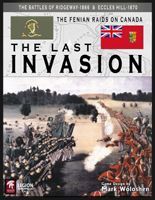


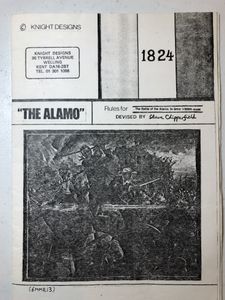
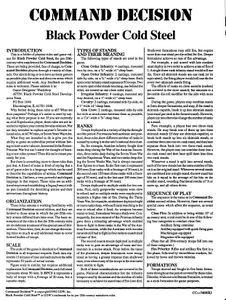

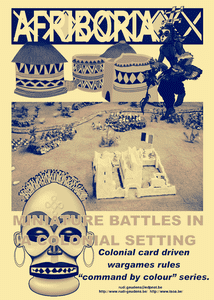
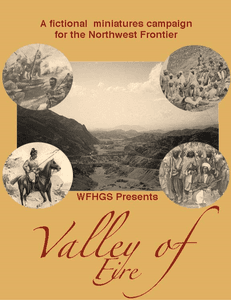

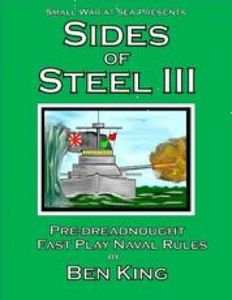
Comments (0)